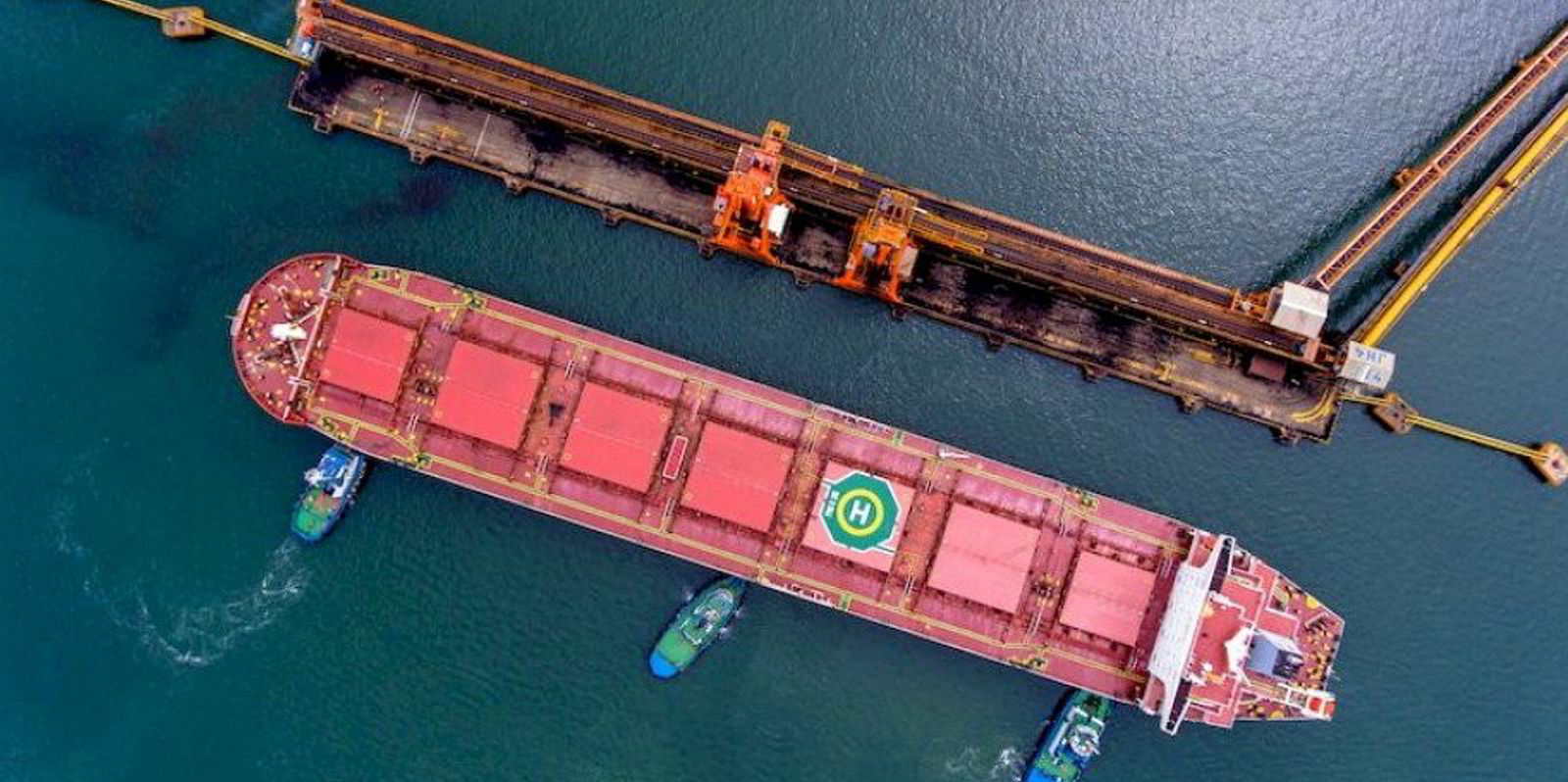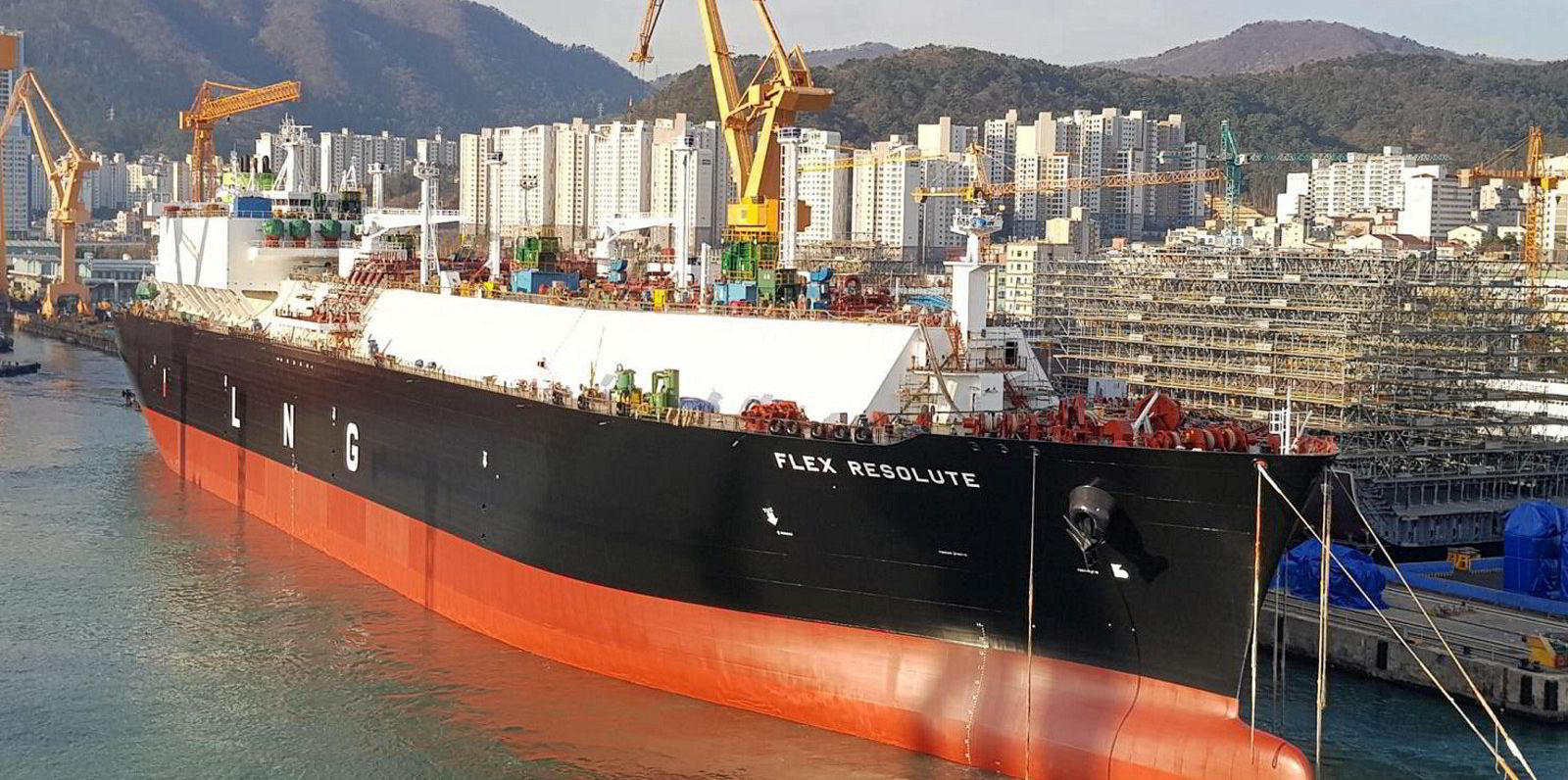Of all the major dry bulk shippers, miner Anglo American has perhaps been the most ambitious in its trials of low and zero-carbon vessel propulsion.
Its trials have included biofuels and rotor sails, and it has been looking into the viability of hydrogen and ammonia as future marine fuels.
Peter Lye, global head of shipping, told TradeWinds that the company is taking its time to get things right.
"We're a commercial business and obviously we know that the commercial aspect is critically important, as is the safety, as is sustainability," he said. "They're all levers that we need to manage and pull.
"But we're very confident and it's probably why it's taken us some time to really ensure that we were clear about what we wanted to do on the ocean freight. We wanted something that was going to be not only a good sustainability plan, but ultimately a plan that was sustainable."
Anglo American wants all of its shipping activities to be carbon neutral by 2040 and to reduce its emissions from ocean transport by 30% that year.
LNG fuel
LNG was the first "alternative" marine fuel to be adopted into Anglo American's operations. Lye hinted that there may be more to come.
The miner reserved 10 newbuilding slots at China's Shanghai Waigaoqiao Shipbuilding last year for LNG-fuelled capesize bulkers.
U-Ming Marine Transport has ordered the initial four 187,000-dwt ships at the yard. They will begin delivering next year and will be chartered to the miner for 10 years. Anglo American still has options for up to six more vessels.
"We're very interested in LNG and it's very much an important component of how we achieve the interim [carbon] target, and I think it'll potentially have a place in our neutrality target as well, which is a bit further down the track," Lye said.
"We continue to work on those opportunities, so I would expect to see more in that space, but at the moment we only have [the four newbuildings]."
LNG, of course, still emits carbon, albeit at lower levels than heavy fuel oil. Lye said Anglo American views adopting LNG as something it can do to lower its carbon emissions right away, while it looks for alternatives with long-term viability.
"Moving to neutrality by 2040 is not going to be solved by one particular solution; it's going to be a multitude of solutions," he said.
"When we look at the potential zero-emission fuels, they're going to take some time — and we are very much of the view that we need to shift the dial now."
Anglo American's LNG-fuelled capesizes will provide a platform from which to further reduce vessel emissions, he said.
"The infrastructure and the stability around LNG as a marine fuel is there, so it's the right step to make."
Anglo American is also exploring opportunities in "green" and synthetic LNG, he said.
- Anglo American moves around 70m tonnes of dry cargo products each year.
- It is a major shipper of iron ore and metallurgical coal, but also moves more niche cargoes such as copper concentrate by sea.
- Its shipping desk was established in Singapore in 2012.
Clydebank Declaration
The announcement of Anglo American's decarbonisation targets coincided with the United Nations' COP26 climate conference and the signing of the Clydebank Declaration by 22 countries, including many of the world's main shipping nations.
The countries have committed to developing at least six "green shipping corridors" — zero-emission trade routes between two or more ports — by the middle of this decade.
Lye thinks the declaration and its ambitions are positive.
"I think that the success around zero-emission fuels is very much built not just around the vessel itself, it's very much built around the infrastructure that supports it — the regulation, the safety requirements, the whole ecosystem that underpins it," he said.
"Being able to narrow it down into specific trade lanes I think is really positive, and hopefully then that's an opportunity that, as they come online, more trade lanes can obviously build on top of it."
Anglo American will keep an eye on how the project progresses.
"For us, as a business, obviously we're quite diverse in terms of our trade lanes across the multiple commodities that we produce and then ship, so we've got to think a little bit more widely," Lye said.
"Certainly, any sort of opportunities, gains, benefits that come out of those activities, we'll be watching very closely to see how they can be transformed into some of the lanes that we're involved in."
Anglo American has experimented with rotor sails on board its vessels, but Peter Lye said wind propulsion is not likely to be operationalised any time soon.
"Some particular trade routes are more suited to the wind technology, whether it's east to west, north to south," he explained.
"I know from some of the work that our technical guys have done, certainly on our larger vessels, some of the returns on those opportunities may not be as high on our routes as they may be on others."
The miner will continue to keep a "close eye" on how rotor sail technology develops, but that is it for now.









